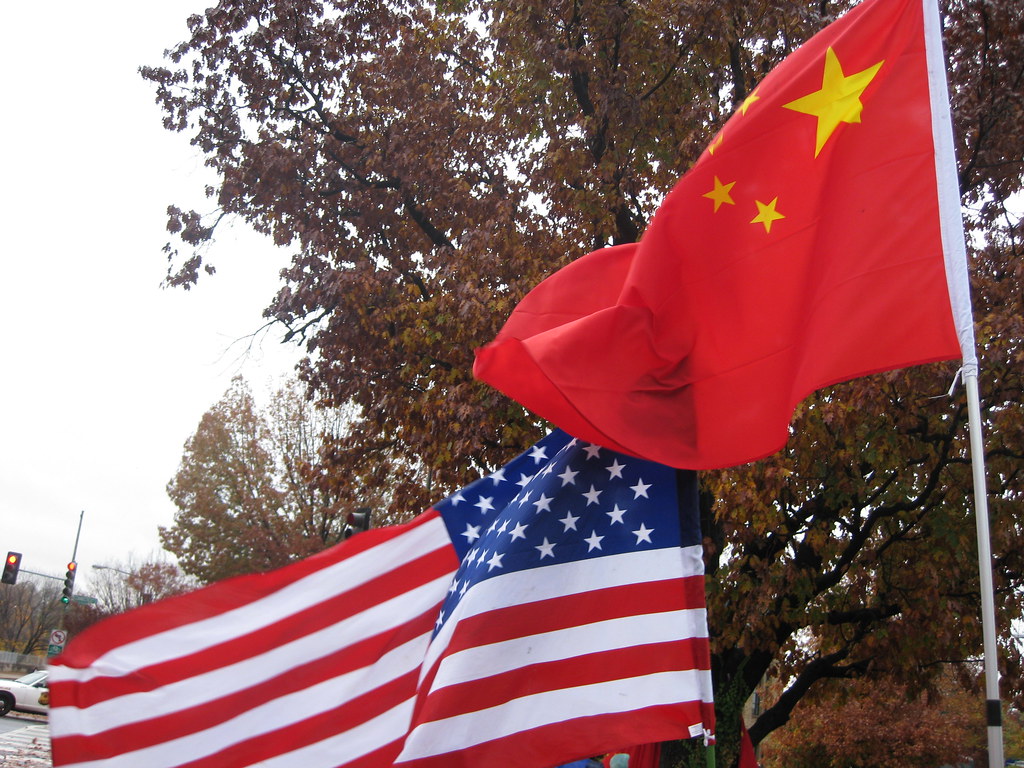U.S. and Chinese officials have established a framework agreement in London aimed at reviving their trade truce. The deal, confirmed by both sides, involves China removing its export restrictions on rare earth minerals, while the U.S. will ease some of its recent export controls on goods like semiconductor software and aircraft parts.
U.S. Commerce Secretary Howard Lutnick stated the framework adds substance to a previous agreement from Geneva, which had faltered after China maintained its export curbs, prompting retaliatory U.S. restrictions. However, this new framework is not final; it must now be presented to and approved by the presidents of both countries before it can be implemented.
Despite this step, the agreement does not resolve the deeper, long-standing conflicts over U.S. tariffs and China’s state-driven economic policies. Analysts view it as a necessary step to prevent the complete collapse of negotiations but acknowledge that fundamental differences remain. The two nations face an August 10 deadline to reach a more comprehensive deal, or they risk tariffs snapping back to cripplingly high levels.
The ongoing trade tensions have already had a significant global impact, prompting the World Bank to lower its 2025 global growth forecast to 2.3%. The economic strain is evident in recent data showing China’s exports to the U.S. fell by 34.5% in May. Financial markets have reacted cautiously to the news, awaiting concrete details before showing significant optimism.
Click here for more on Finance and Investing


